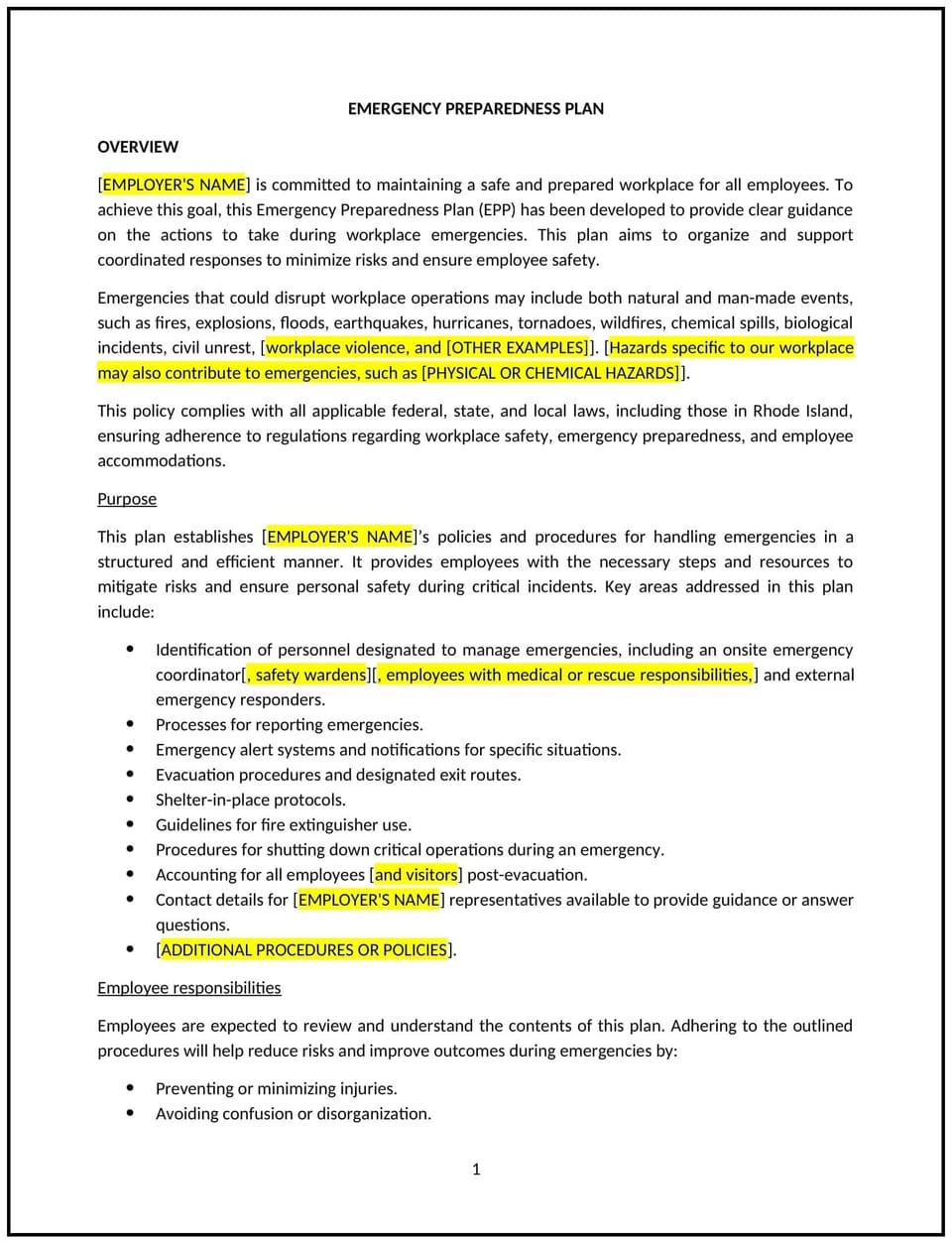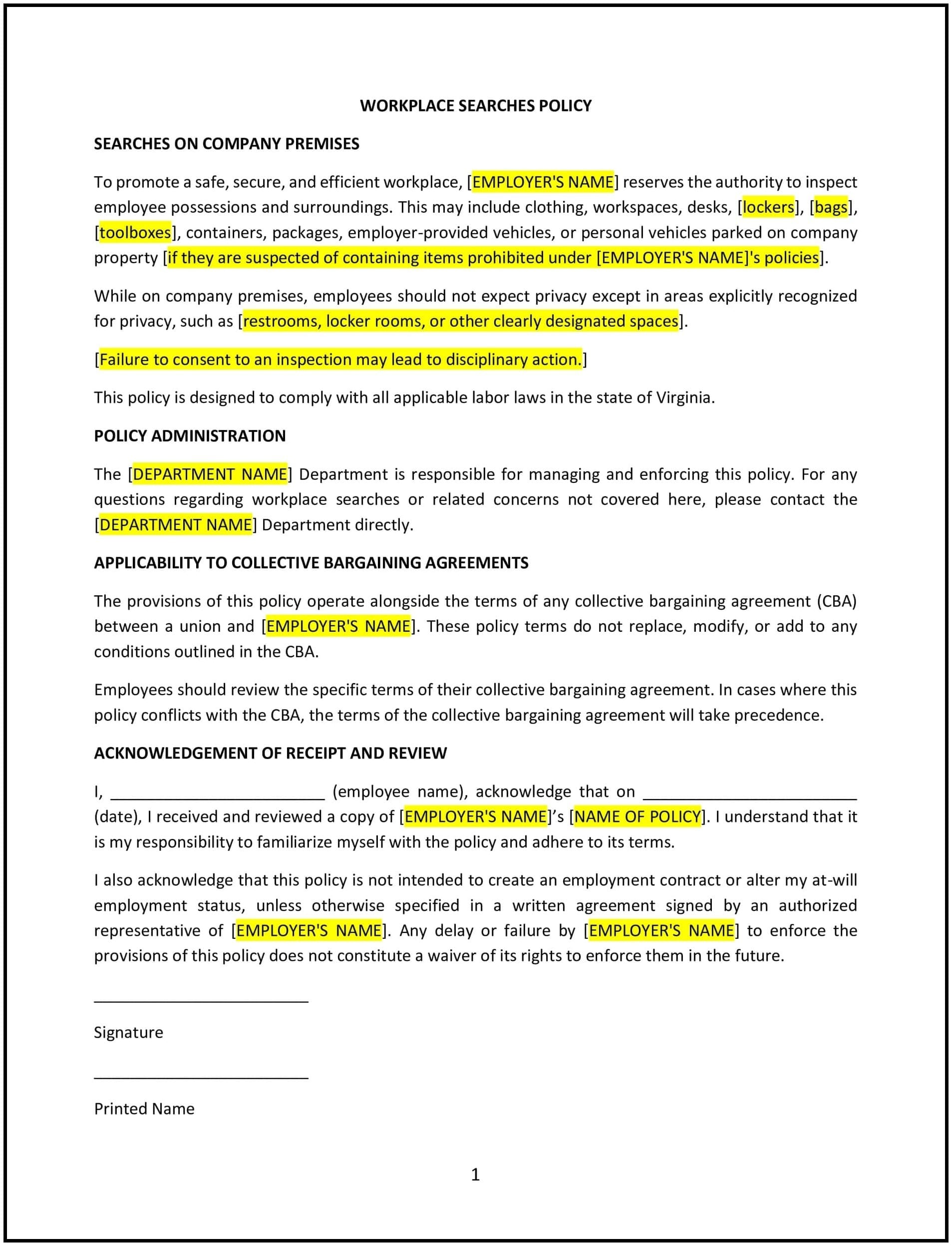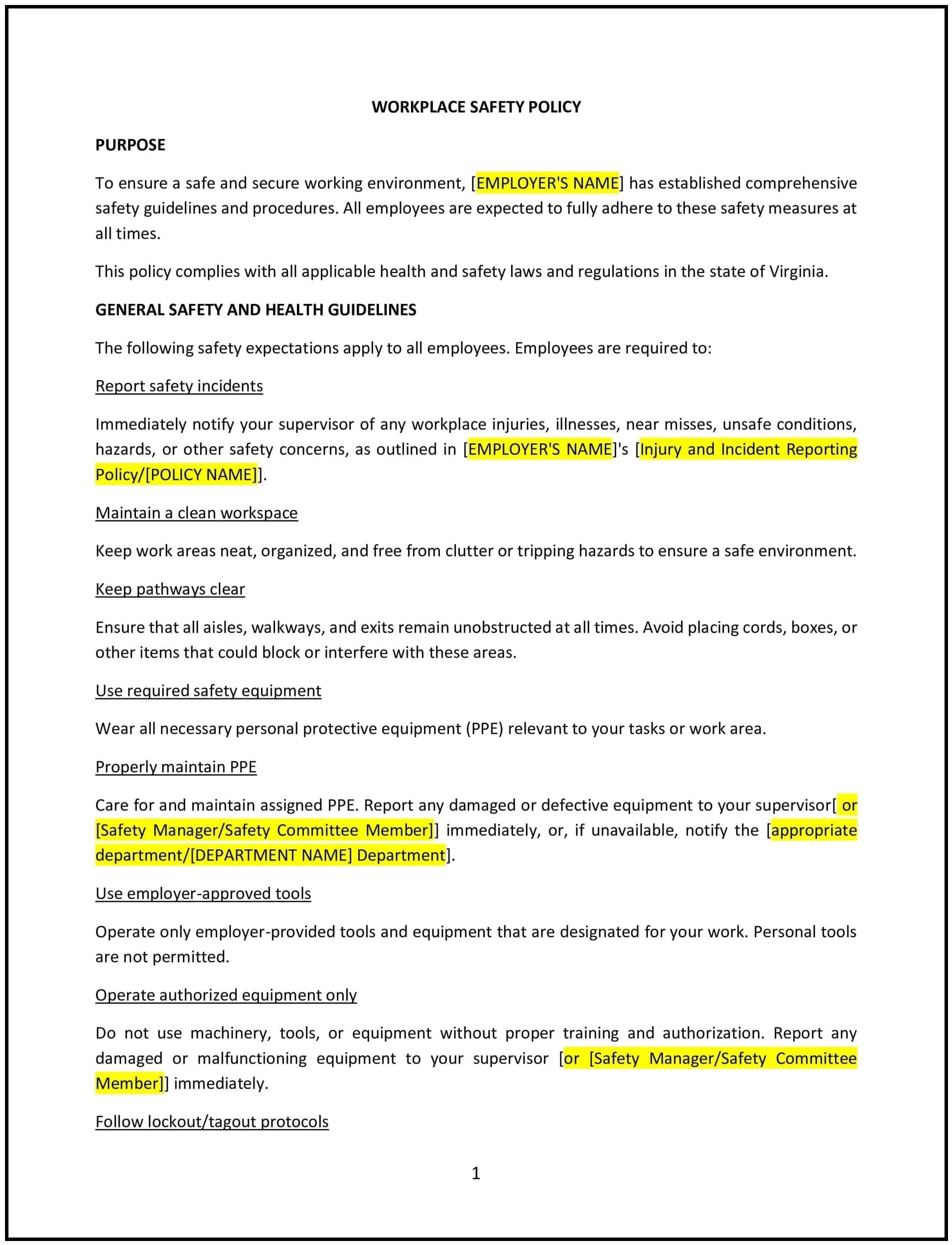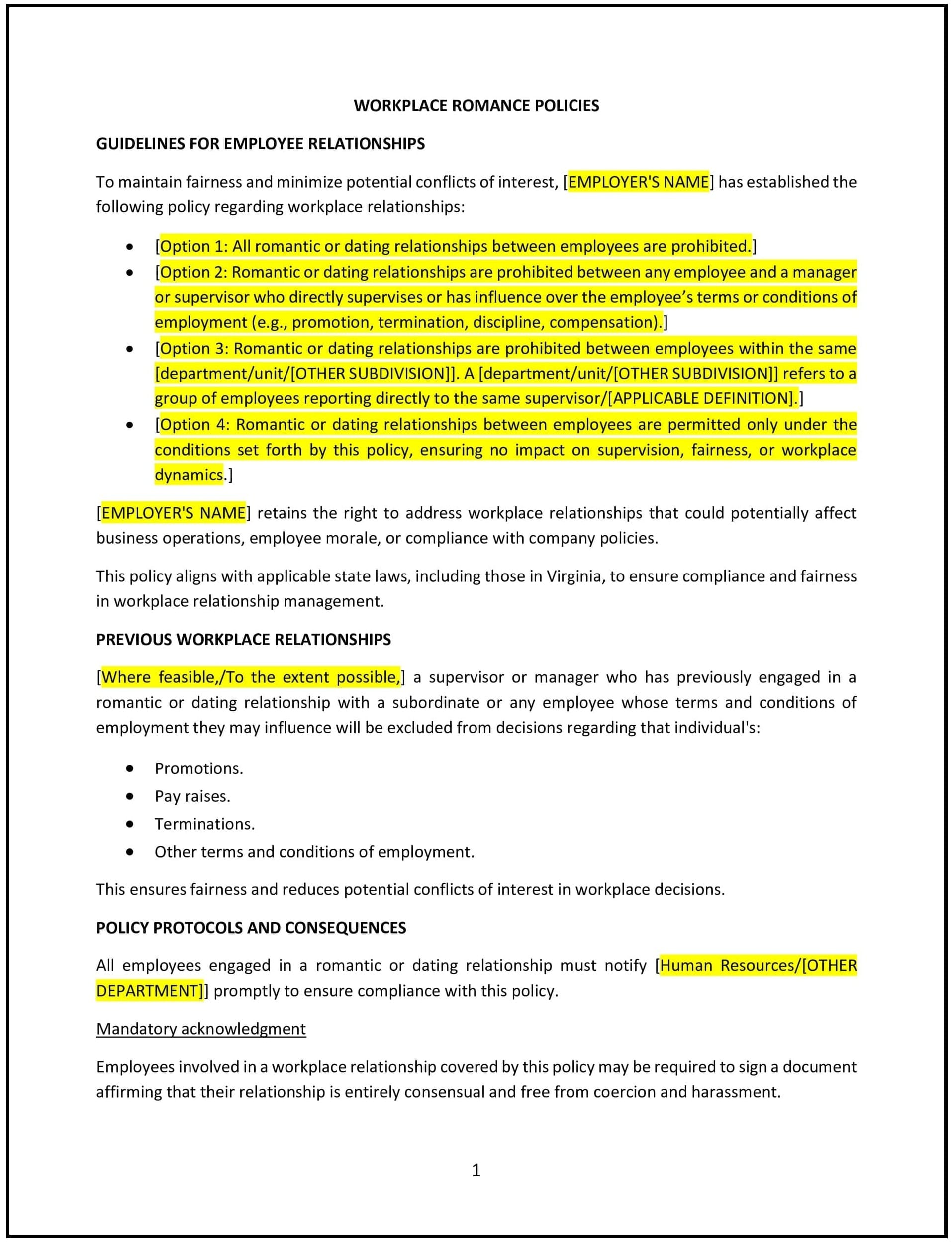Emergency preparedness plan (Rhode Island): Free template

Emergency preparedness plan (Rhode Island)
This emergency preparedness plan is designed to help Rhode Island businesses prepare for and respond to emergencies, such as natural disasters, fires, or medical incidents. It outlines procedures for evacuation, communication, and recovery.
By adopting this plan, businesses can protect employees, minimize disruptions, and align with safety regulations.
How to use this emergency preparedness plan (Rhode Island)
- Identify risks: Assess potential emergencies, such as floods, hurricanes, or workplace accidents.
- Develop procedures: Outline steps for evacuation, sheltering, and communication during emergencies.
- Assign roles: Specify who is responsible for implementing the plan, such as emergency coordinators or first responders.
- Train employees: Educate staff on emergency procedures and their roles in the plan.
- Review and update: Assess the plan annually to ensure it aligns with evolving business needs and safety standards.
Benefits of using this emergency preparedness plan (Rhode Island)
This plan offers several advantages for Rhode Island businesses:
- Protects employees: Ensures the safety and well-being of employees during emergencies.
- Minimizes disruptions: Reduces downtime and helps the business recover quickly.
- Ensures compliance: Aligns with Rhode Island’s safety regulations and industry standards.
- Builds trust: Demonstrates to employees and stakeholders that the business prioritizes safety.
- Aligns with best practices: Supports adherence to emergency preparedness standards.
Tips for using this emergency preparedness plan (Rhode Island)
- Communicate the plan: Share the plan with employees and include it in training programs.
- Provide training: Educate employees on emergency procedures and their roles in the plan.
- Conduct drills: Regularly practice emergency scenarios to ensure preparedness.
- Address issues promptly: Take corrective action if gaps or weaknesses are identified.
- Update regularly: Assess the plan annually to ensure it aligns with evolving business needs and safety standards.
Q: How does this plan benefit businesses?
A: By adopting this plan, businesses can protect employees, minimize disruptions, and ensure compliance.
Q: What types of emergencies are covered under this plan?
A: The plan applies to natural disasters, fires, medical incidents, and other workplace emergencies.
Q: Who is responsible for implementing the plan?
A: Emergency coordinators, first responders, and designated employees typically implement the plan.
Q: How often should businesses conduct emergency drills?
A: Businesses should conduct drills at least annually or as needed to ensure preparedness.
Q: How often should businesses review this plan?
A: Businesses should review the plan annually or as needed to ensure it aligns with evolving business needs and safety standards.
This article contains general legal information and does not contain legal advice. Cobrief is not a law firm or a substitute for an attorney or law firm. The law is complex and changes often. For legal advice, please ask a lawyer.


